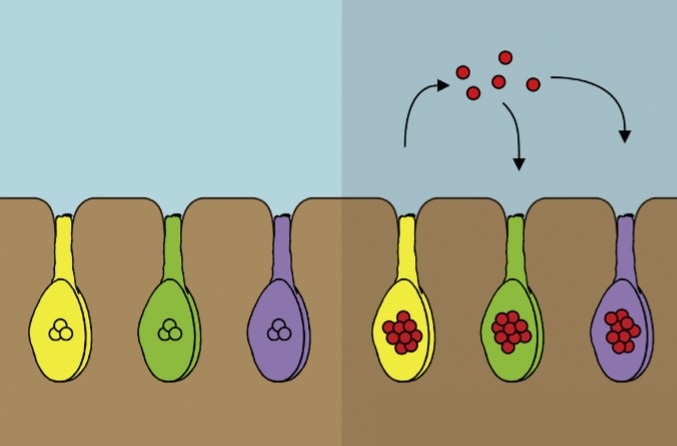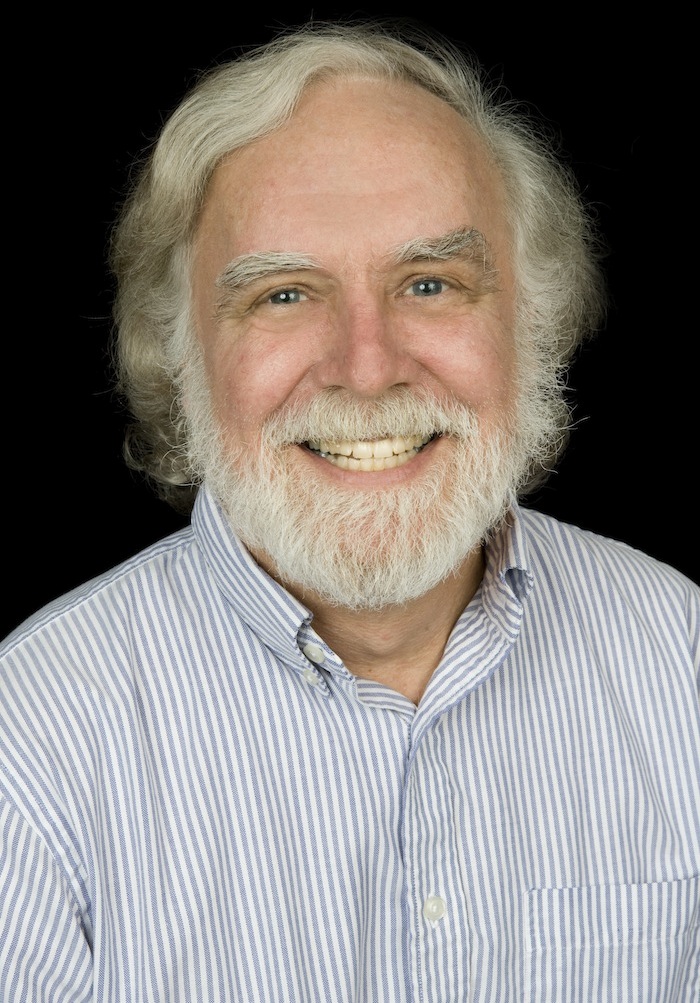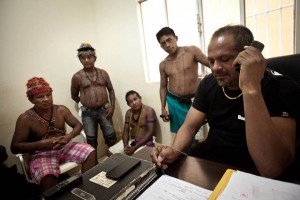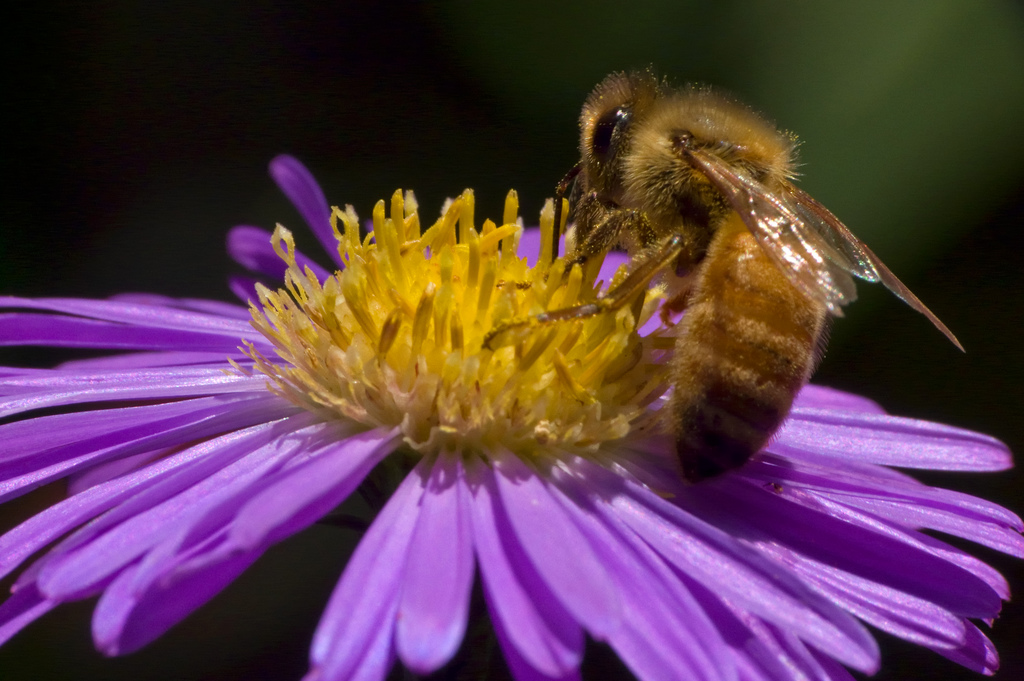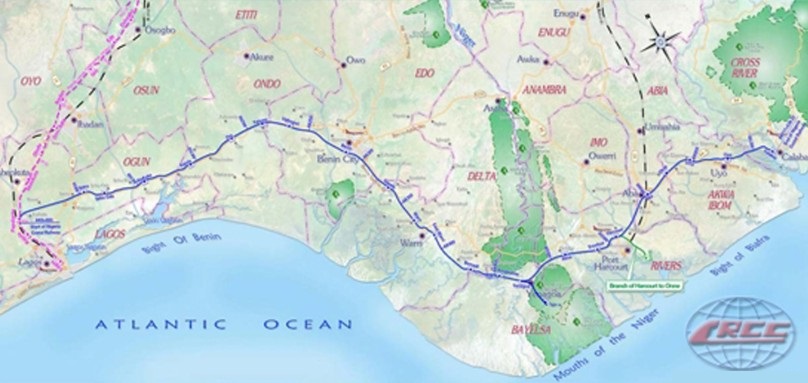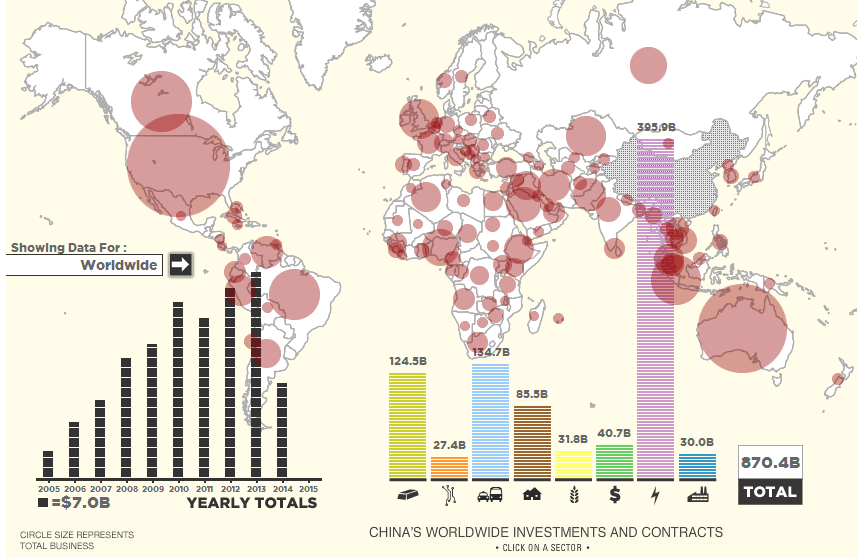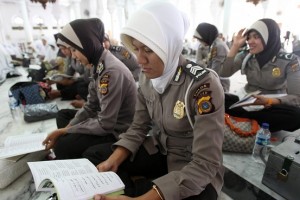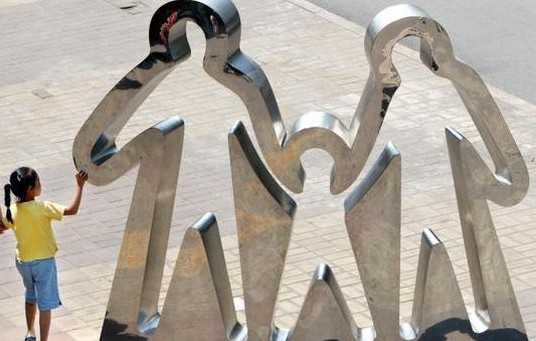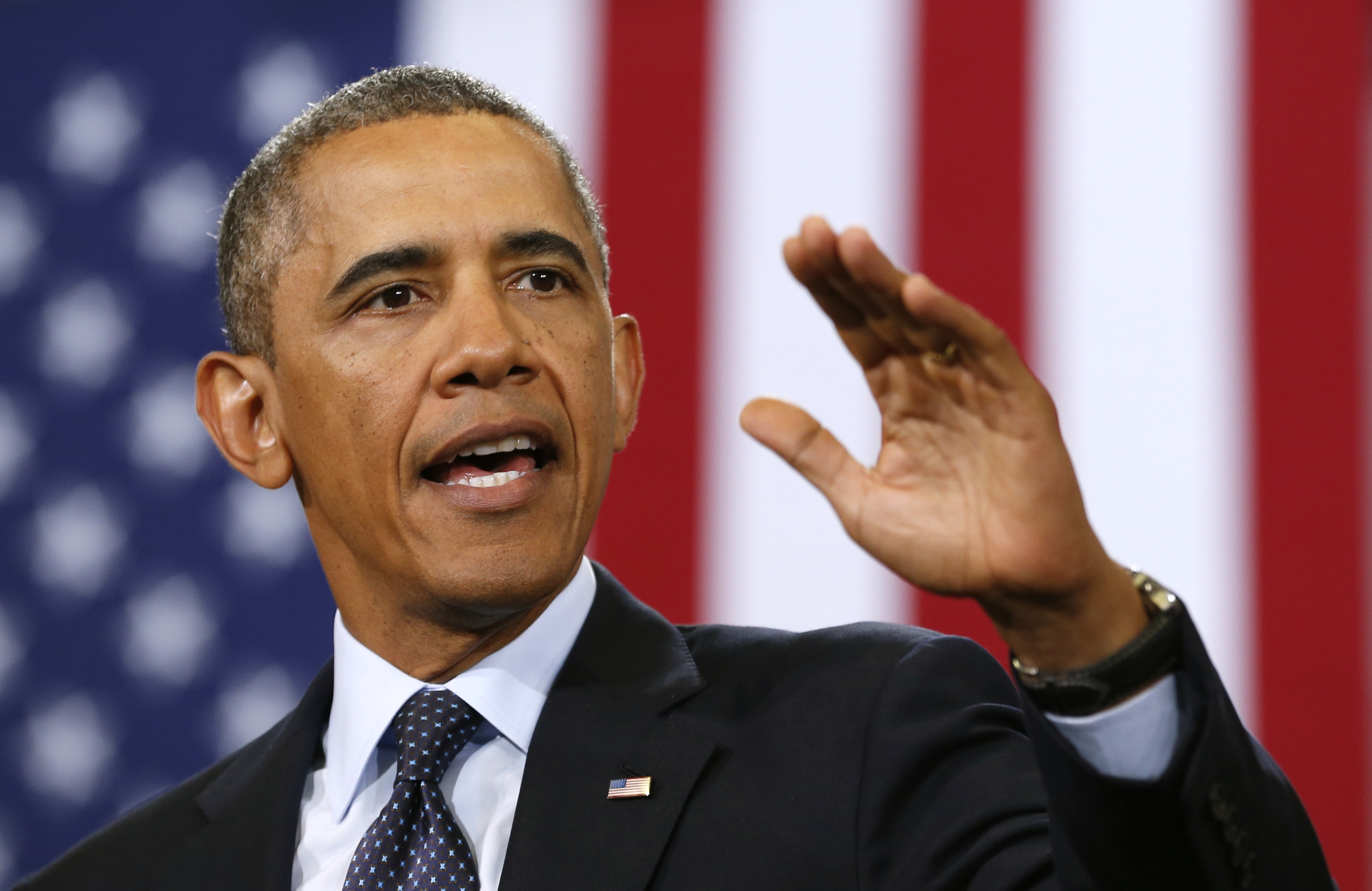A leading geoengineer has admitted that he is “terrified” of geoengineering technology. Dr Matthew Watson, principal investigator for the Spice project, said that humans may have to admit having failed as planetary stewards, commenting on his own and others’ technology–used to reduce the amount of sunlight reaching the earth though manipulation of the atmosphere–science that, experts openly own, is not understood in terms of costs and benefits and which they suspect will be neither “magic bullet or Pandora’s box.”
“Personally, this stuff terrifies me,” said Dr Matthew Watson of University of Bristol, principal investigator for the Spice project (Stratospheric Particle Injection for Climate Engineering), one of several teams at the forefront of geoengineering science.
“It’s a watershed for our relationship with the Earth and with nature. It fundamentally changes the way seven billion people are going to interact with the world, and I’m not sure the system is going to be controllable in the way we want.”
“I’m easily terrified,” qualified Watson. “I think if we ever deploy SRM (Solar Radiation Management) it will be the closest indication yet that we’ve failed as planetary stewards. I believe that.”
SRM is a process by which water droplets or sulphur particles are used to reduce the amount of solar radiation that reaches the Earth, and the Spice project is looking at ways of simulating the cooling effects of volcanoes.
After major volcanic eruptions, the Earth is cooled because rays from the sun do not reach the surface of the planet.
However, the Spice experiment, despite being one of the first projects to take geoengineering out of the laboratory, was cancelled earlier this year over alleged conflicts of interest.
The Spice project was planning to test SRM by deploying a weather balloon that would inject 150 litres of piped water into the atmosphere.
Geoengineering is a science that is not fully understood. Scientists are still working out the potential hazards associated with blocking the sun’s rays from reaching Earth.
Among the hazards being considered is the risk of disturbing the delicate balance of land and sea influences. Disruption can lead to drought and extreme rainfall in different parts of the world.
Risks associated with the use of sulfur particles are also being considered. Sulphur particles have been linked to the destruction of atmospheric ozone. A depleted ozone layer has been associated with increased incidence of skin cancer and damaging effects on plants and animals.
Although Dr Watson did not suspect that SRM would be used within the current decade, he said he believed its use may be inevitable.
“Unless we’re very wrong about climate change or quickly change our ways, at some point we’re going to have to ‘go outside’,” said Watson, commenting on current trends in global warming. It is estimated that by 2100, global temperatures may increase almost 4C.
“That’s going to have a profound effect on the planet,” said Watson.
 The Spice project is one of three projects being considered as a tax-funded solution to global warming at an upcoming meeting of experts at the Royal Society in London.
The Spice project is one of three projects being considered as a tax-funded solution to global warming at an upcoming meeting of experts at the Royal Society in London.
Another proposed solution involves spraying sea salt into low clouds. The brighter, more reflective clouds will capture and bury more carbon underground, raising levels of sea plankton, which absorb carbon. Another proposal involves the use of reflective materials to better bounce the sun’s rays back from the Earth’s deserts.
All of the proposed geoengineering solutions are considered to be too expensive still. Climate Geoengineering Governance (CGG) investigator Professor Steve Rayner, from Oxford University, said of the technology, “Mostly it is too soon to know what any of these technology ideas would look like in practice or what would be their true cost and benefit. But it’s almost certain that geoengineering will be neither a magic bullet nor Pandora’s Box.”
By Sid Douglas
Photos: NASA, University of Leeds


